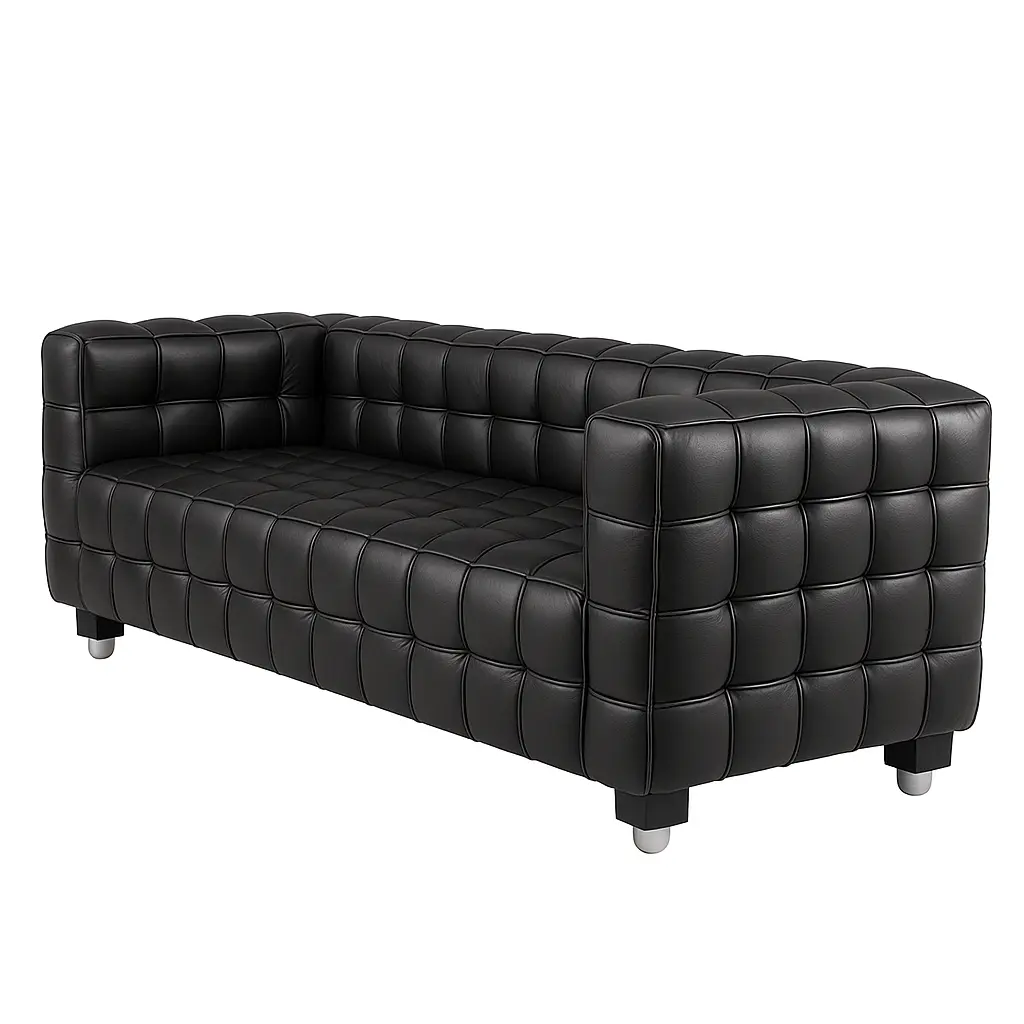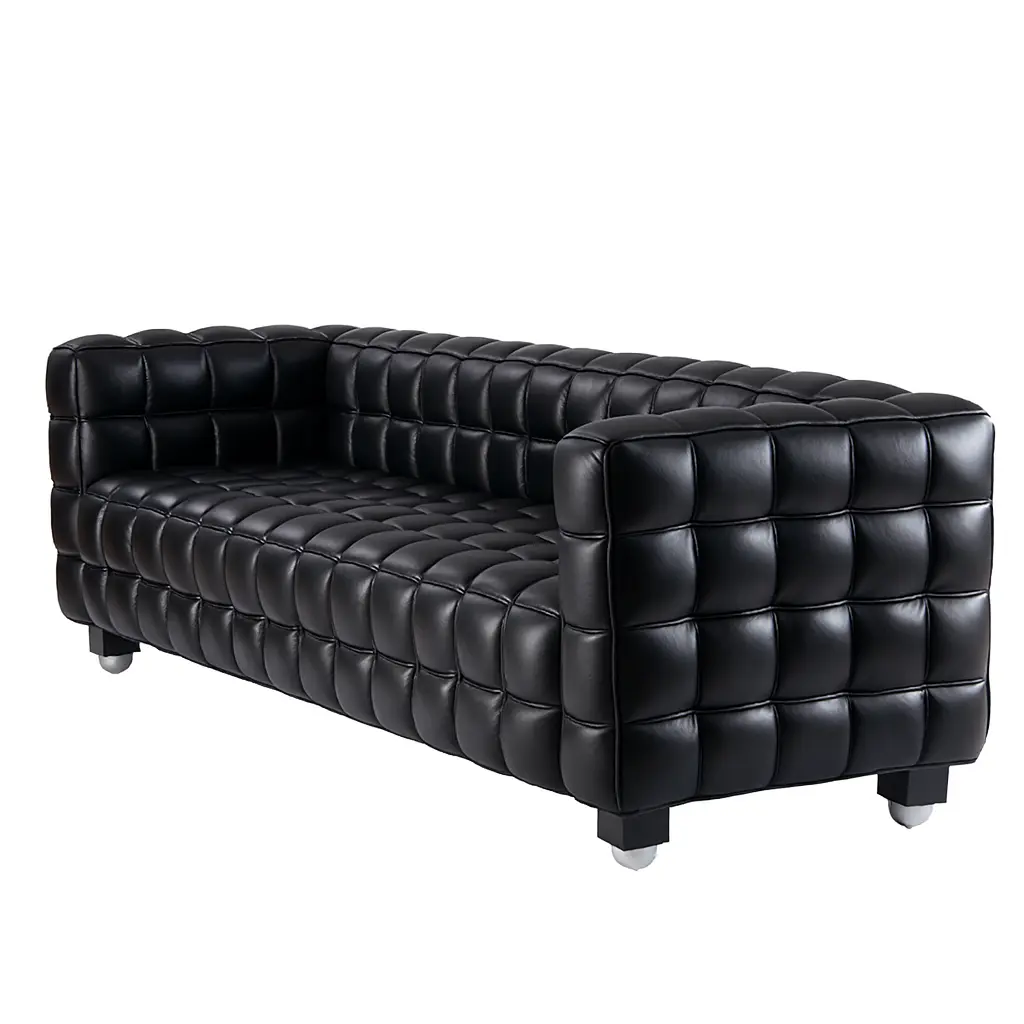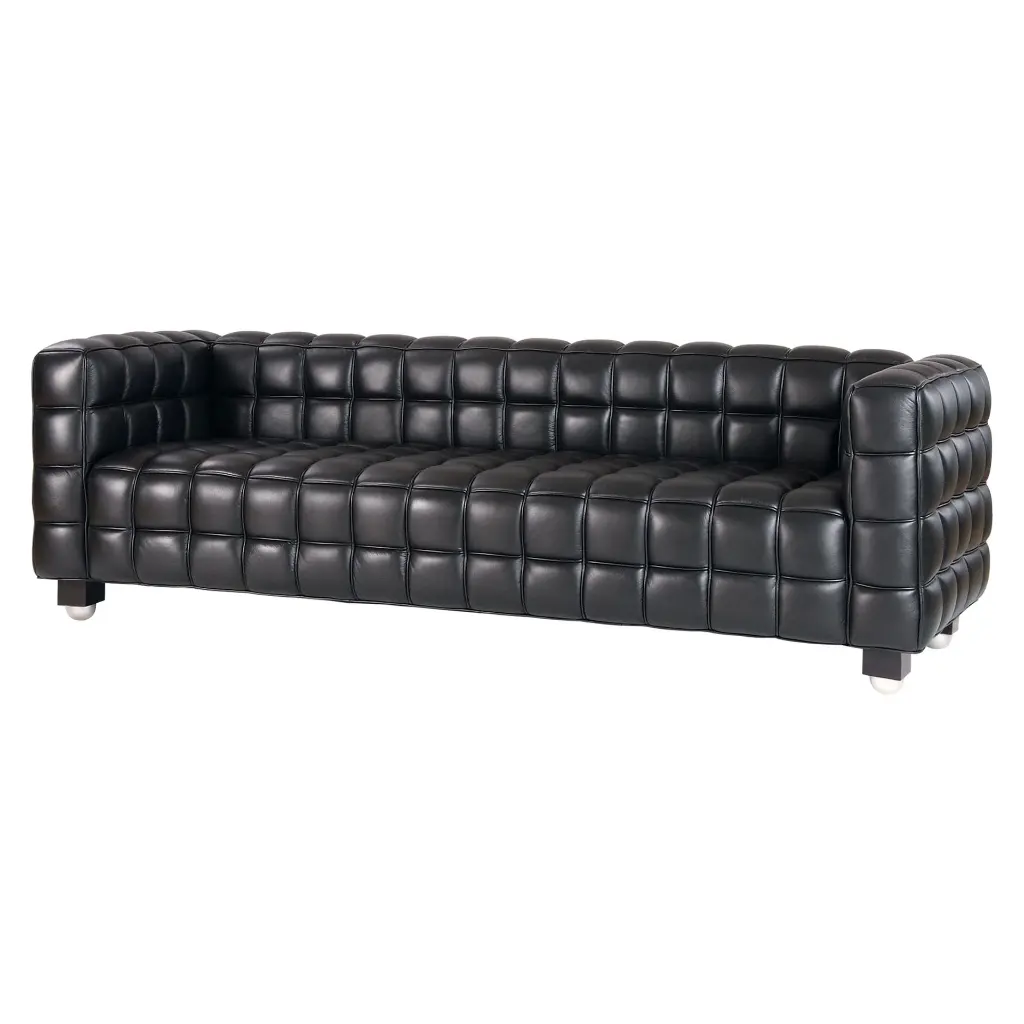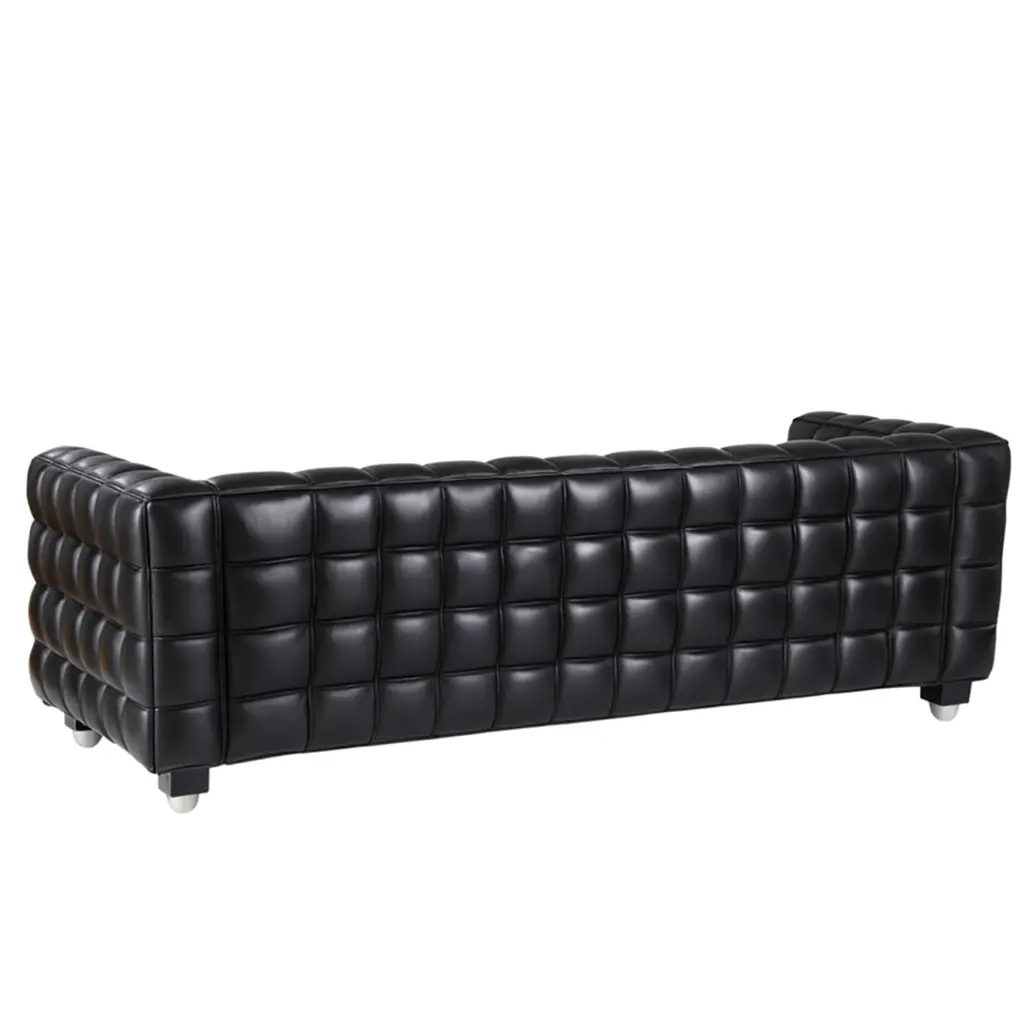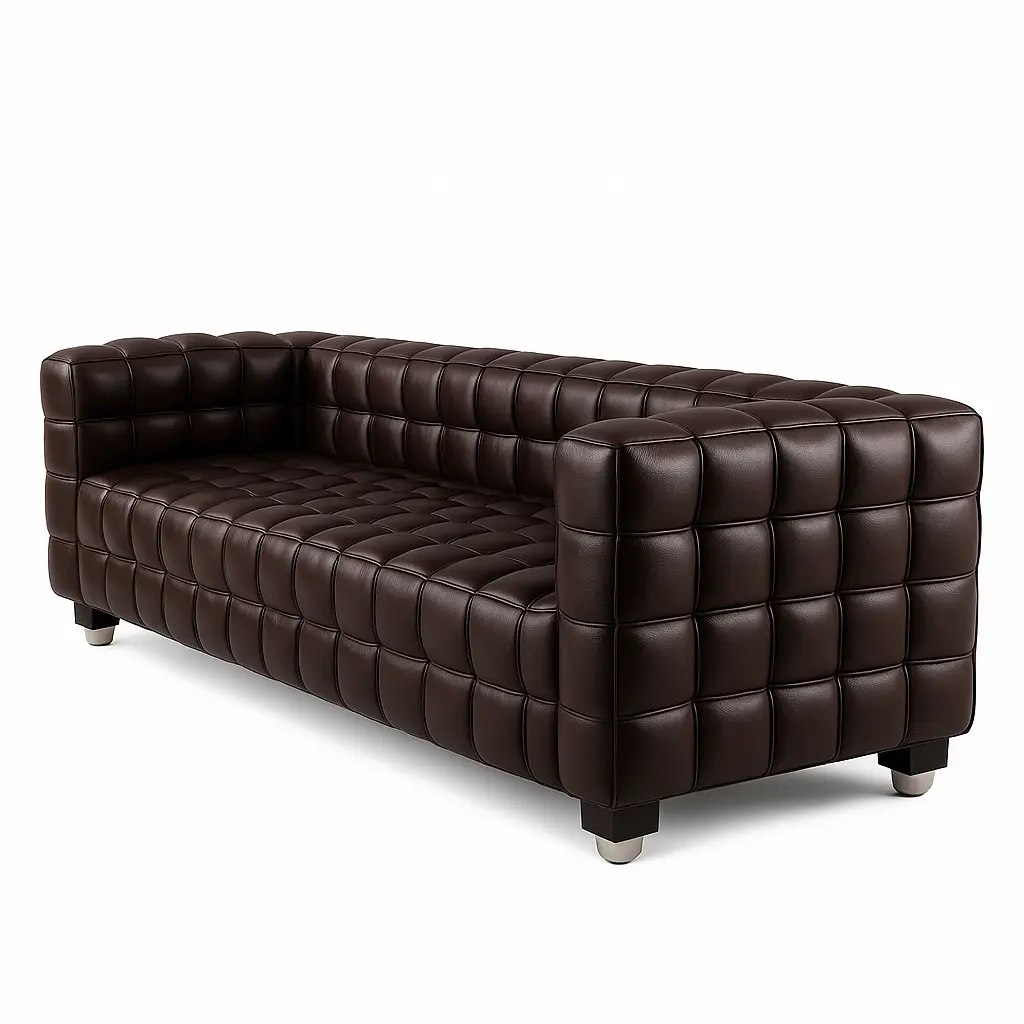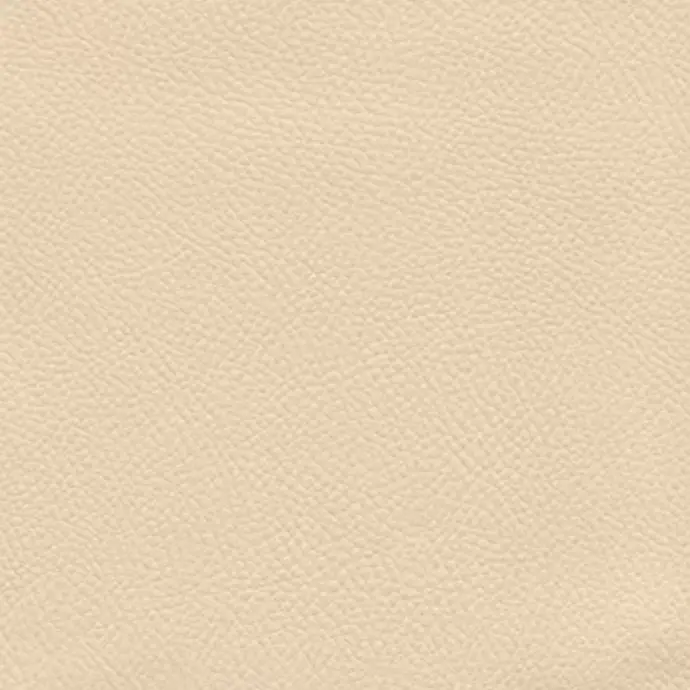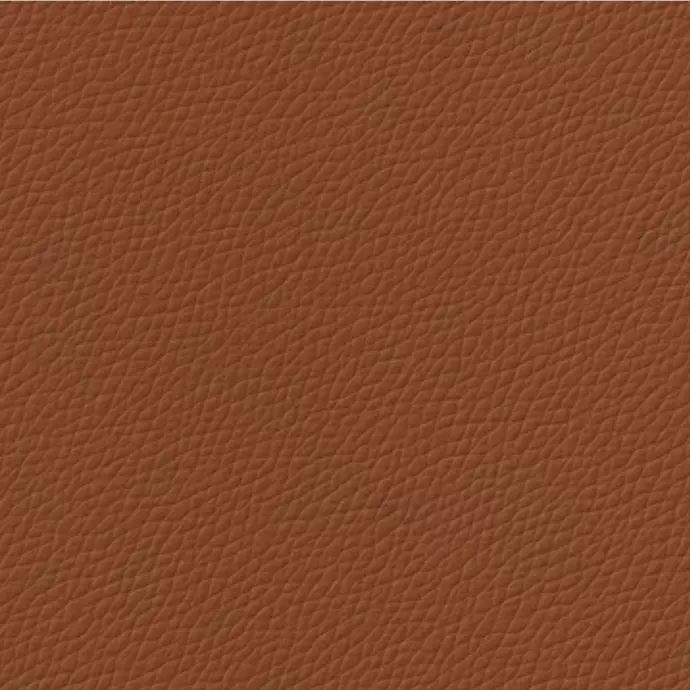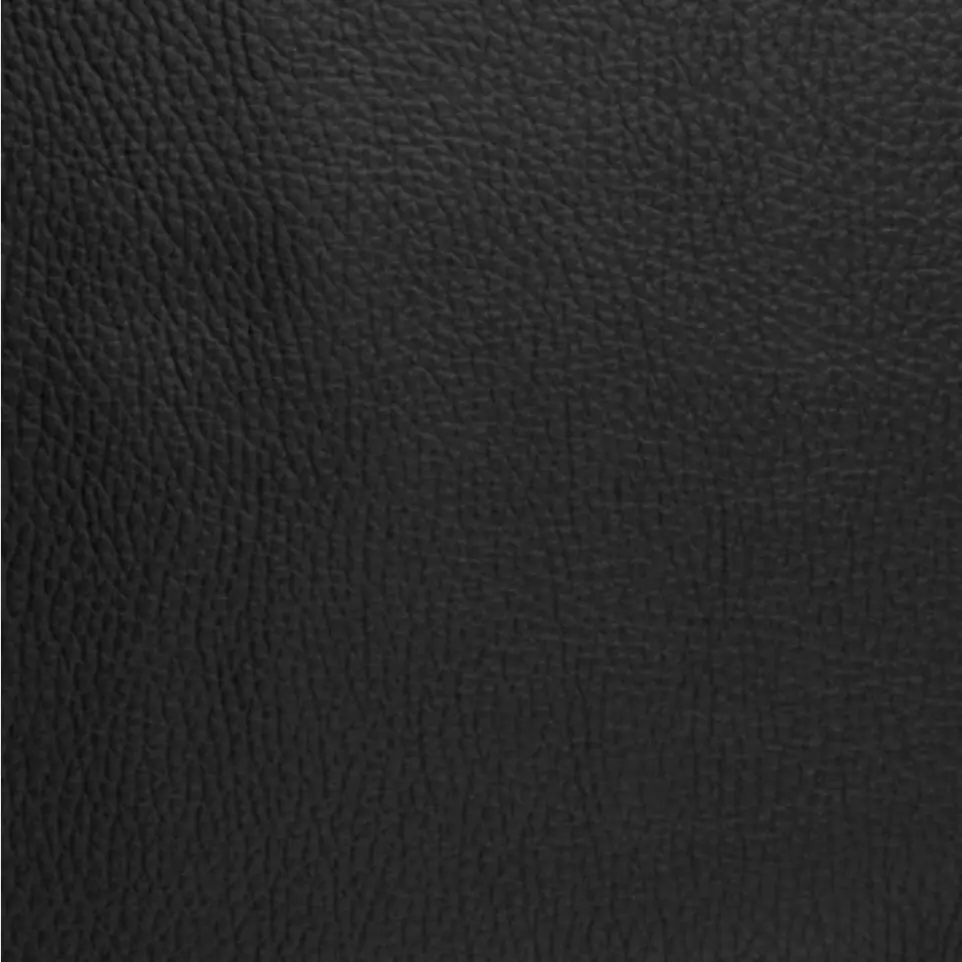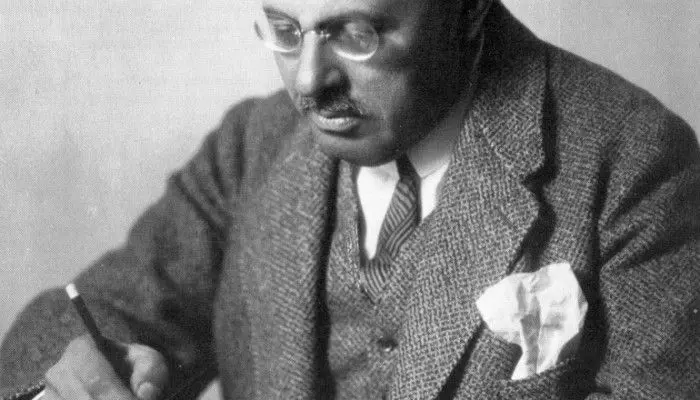
Product Details
Construction
The cubic structure is formed from a reinforced wooden frame, engineered for stability and longevity. Each leather square is individually cut, padded with dense polyurethane foam, and stitched into a grid, ensuring dimensional accuracy and durability. The panels are applied with saddle stitching and reinforced seams to withstand continuous use. The hidden wooden base supports the overall structure while preserving the visual purity of the sofa.
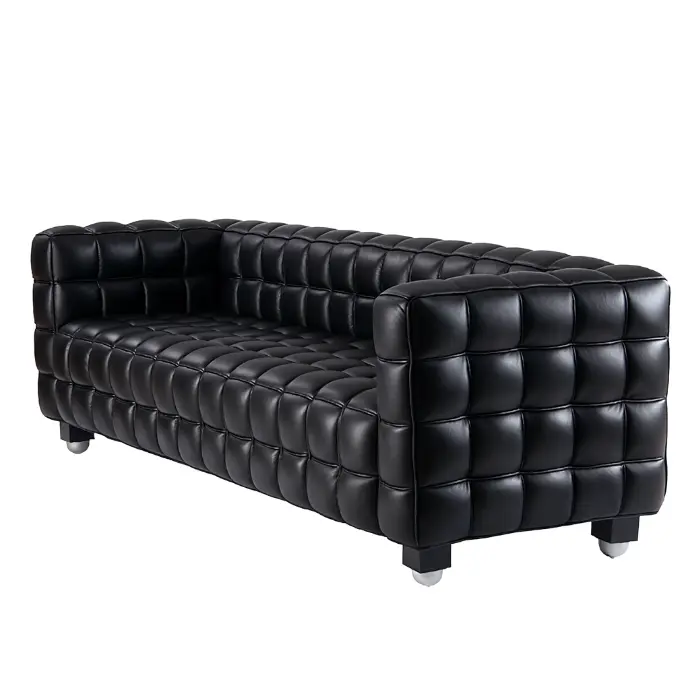
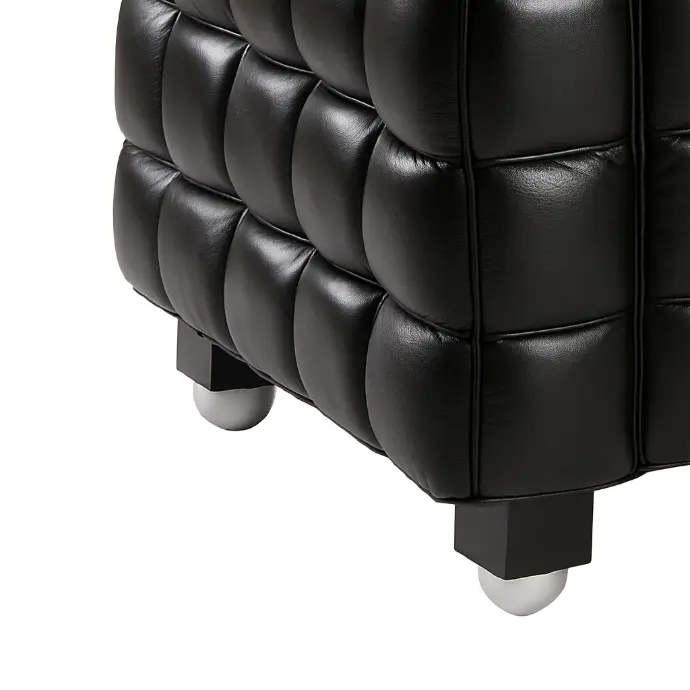
The deep seat and thick padded panels provide firm yet supportive comfort. Despite its sculptural and geometric form, the Kubus Sofa is designed for everyday use, offering resilience and ergonomic support. Its bold cubic silhouette makes it both a functional piece of seating and a striking design statement, integrating seamlessly into modern interiors or serving as a focal point in representative spaces.
Comfort & Functionality
Materials & Finish
The Kubus Sofa is upholstered in premium aniline leather, carefully hand-stitched and quilted into square panels that create its characteristic geometric pattern. The frame is built from solid hardwood, concealed beneath the upholstery, and the base rests on discreet wooden feet finished in dark stain. The use of high-quality leather and precise handcraft reflects Hoffmann’s pursuit of modernist luxury and clarity of form.
Size and Packaging of the Product
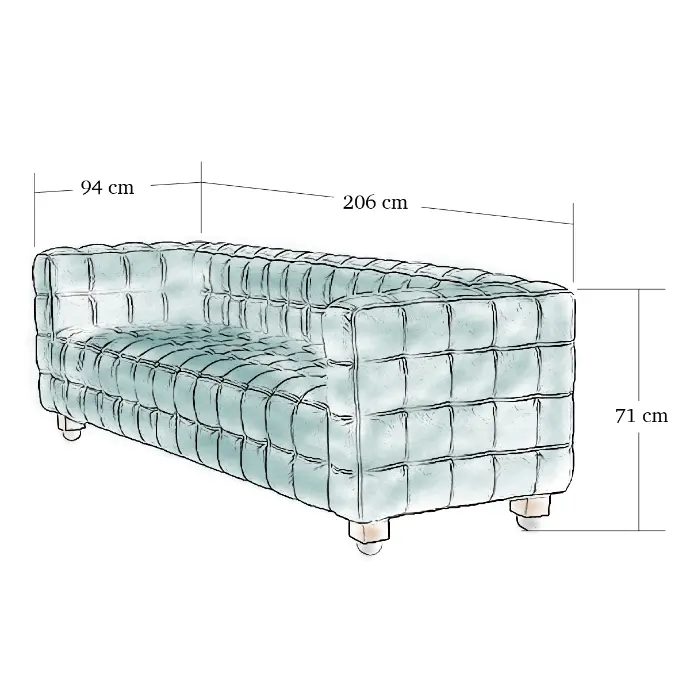
Product Dimensions
Item is fully assembled
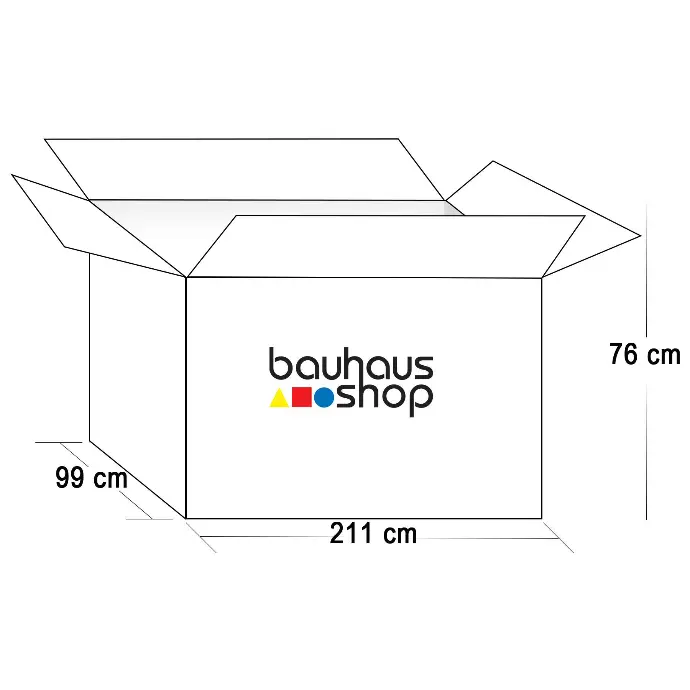
Box Dimensions
packed in 1 Box
Josef Hoffmann
Josef Hoffmann (1870–1956) was an Austrian architect and designer, central to the Vienna Secession and co-founder of the Wiener Werkstätte. A student of Otto Wagner, Hoffmann embraced geometric clarity, craftsmanship, and functional beauty. His designs combined simplicity with ornamental precision, influencing both architecture and decorative arts. Among his notable works are the Stoclet Palace in Brussels, a UNESCO World Heritage site, and numerous furniture pieces defined by clean lines and refined proportions. Hoffmann’s dedication to unity of art and design bridged traditional craftsmanship with modern aesthetics. His legacy endures as a pioneer of early modernist and Art Nouveau design.
